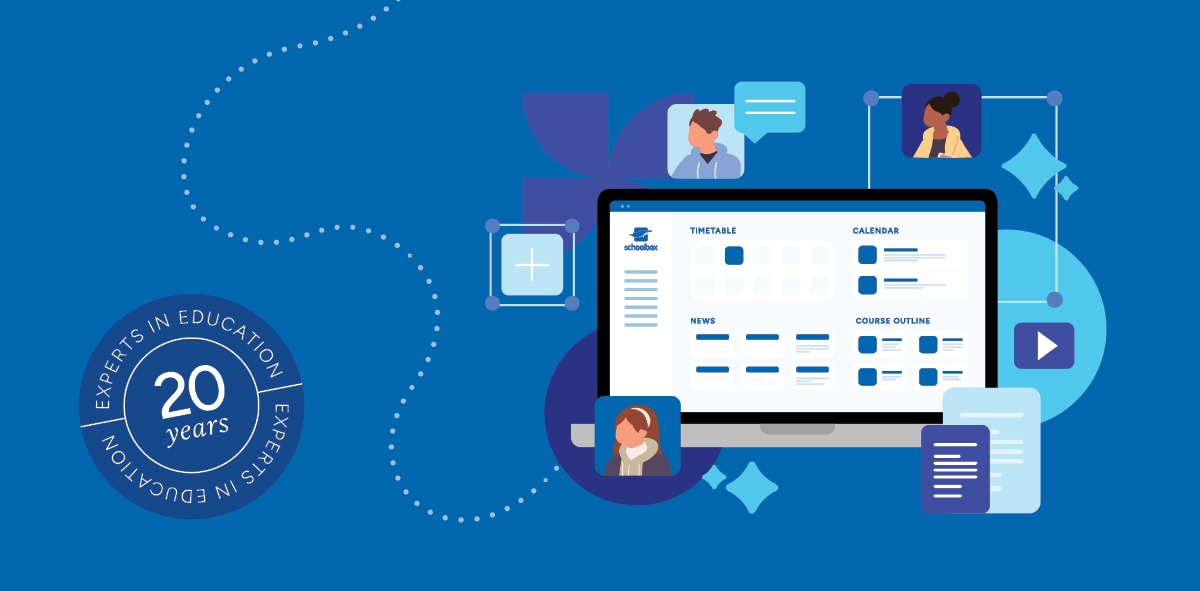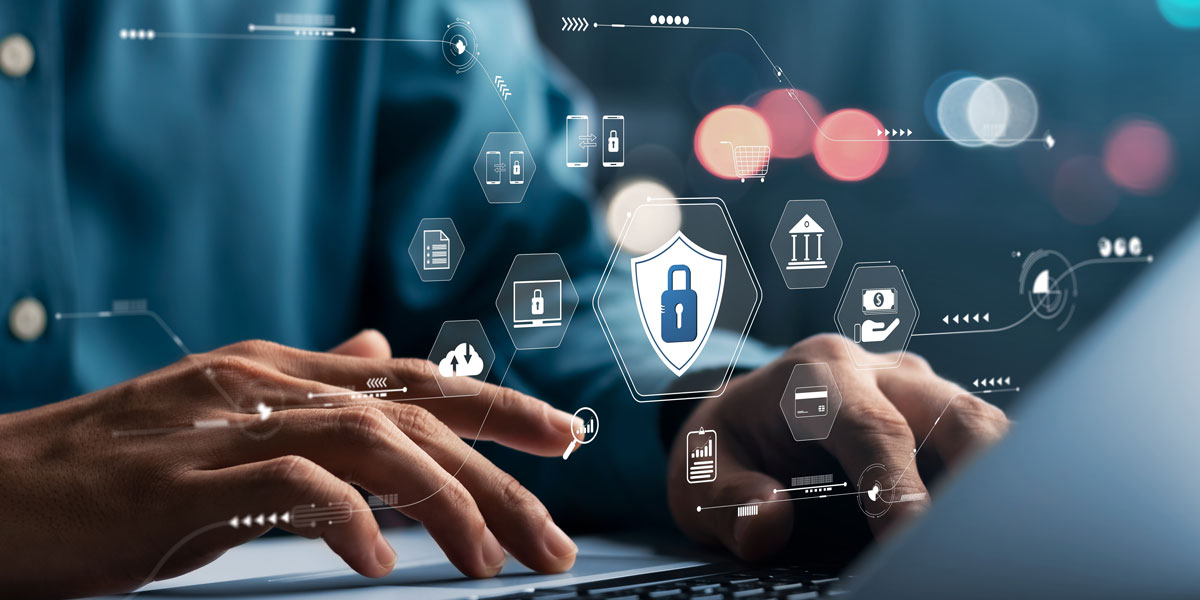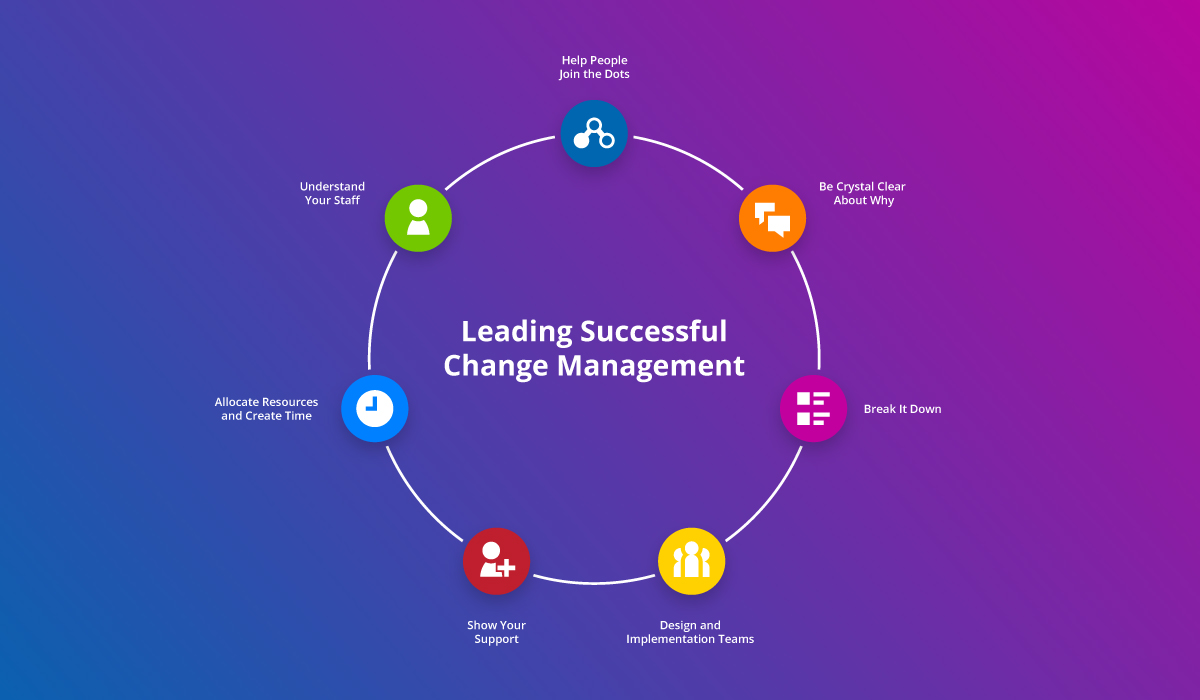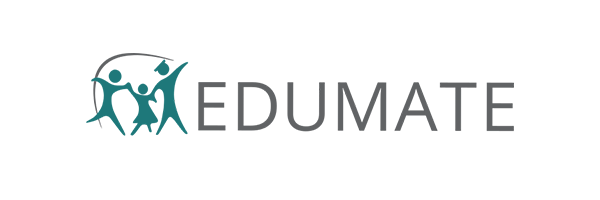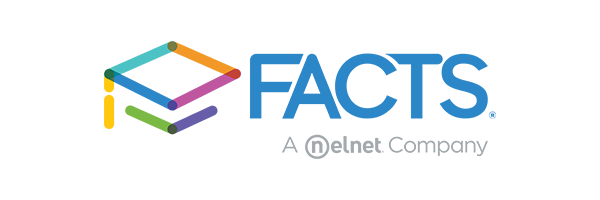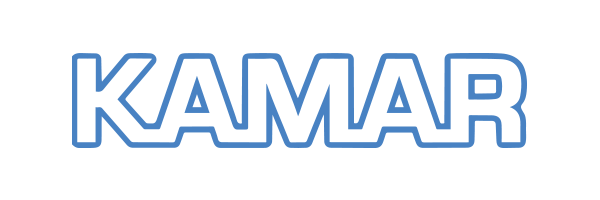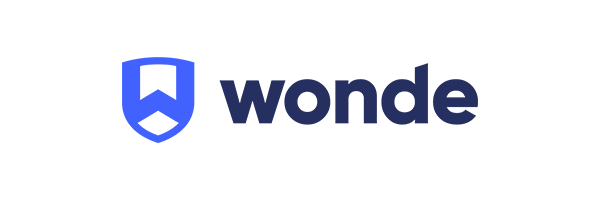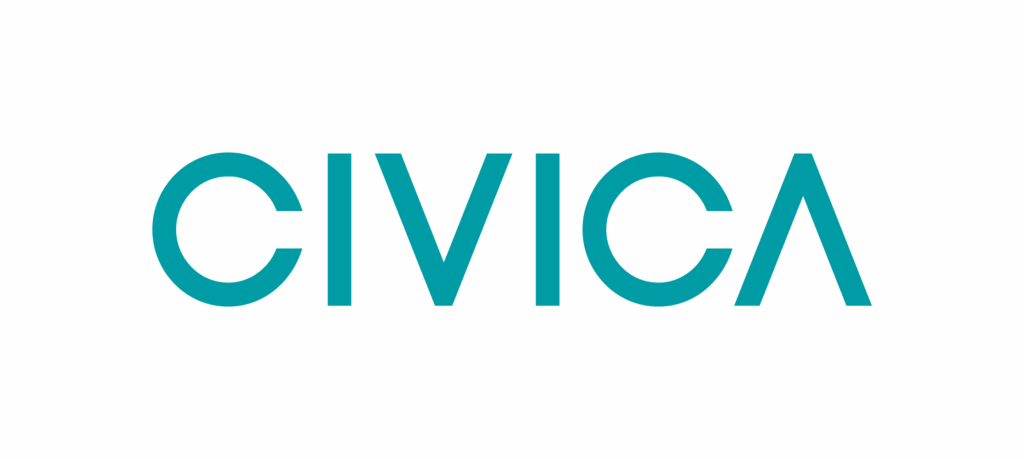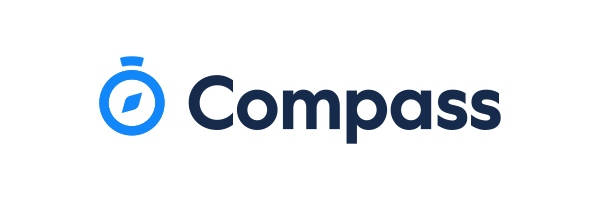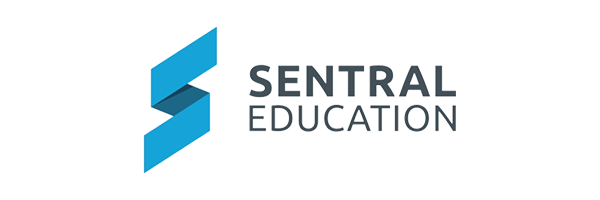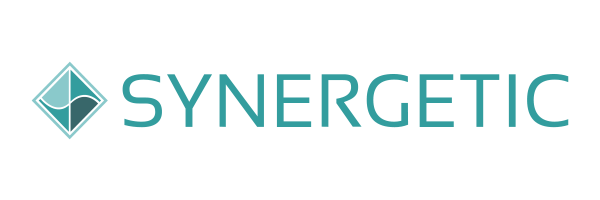5 Minutes with James Leckie from Schoolbox
Learning Management Systems (LMS) have come a really long way. Whilst initially LMS focused purely on content delivery, today we see a much greater focus on activities and interaction. The idea that education is social and that we learn from each other is the key to the future of LMS – and Schoolbox is driving a great deal of innovation in this area.
For me personally, innovating teaching and learning through technology is really exciting because the school of the future will be more personalised and allow self progression of learning. I don’t think there can be any doubt that students will in the future be working to complete objectives and projects and tasks that assist them to learn various parts of the curriculum and this fully integrated and personalised learning could span years. Students will be able to move ahead individually or in teams, or even mentor younger students. Teachers will coordinate project teams, assist with developing objectives and spend less time lecturing and assessing, and more time mentoring and guiding students.
Now more than ever, we will begin to see students being responsible for learning at their own pace and guided to consume appropriate resources including video, interactive games, and websites as required. They will also seamlessly interact with other students, not just in their school – but co-learners from all over the world!
What’s changing and what is driving the change?
I am seeing a definite trend toward more real-time formative assessment and a departure from traditional ‘summative’ reporting. In the future we will see real-time results becoming the norm for parents, teachers, and students to access as progress is made through a course. There will also be an evolving emphasis toward non-quantitative results, such as team work, attitude, and behaviour. Once this formative data is more accessible, we will see the development of more big data analysis tools and be able to start asking questions about this formative data; questions like, “Is my curriculum delivery working?”, “Which students require additional assistance and in which areas?”, “Have other subjects already covered this topic and how?” and “What is the ideal amount of homework?”.
Access to curriculum content is also changing. Previously, most content was controlled by large publishing companies that wanted to keep their content protected in walled gardens to maintain their digital rights. We are all starting to see the development of a more diverse content ecosystem and relaxed restrictions from traditional publishing houses. This means that schools will have more choice when it comes to content than ever before and, over the next few years, this will become more integrated into our LMS products.
What needs to change for the better?
One thing that has been very slow to change is the curriculum and the assessment of that curriculum. Although many schools work around this with innovative programs within their schools, ultimately schools are required to report back to a curriculum and assessment framework that has not fundamentally changed in 30 years. This requires complex mapping and tracking to ensure that schools are still sticking with the old framework even though they are delivering it in completely new ways.
The workplace environment we are educating students for has changed radically in the last 30 years. Things like personal computers, internet, multimedia and social media have altered the modern workplace. The modern workplace now requires employees to be competent team members, advanced technology users and critical thinkers, all while expecting them to be socially and ethically responsible in a global environment. This is why the education system needs to recognise that we should not be teaching students facts, but instead teaching skills. The education sector needs to refocus on the skills required in the modern workforce, not the subjects. In particular – we need to focus on communication, collaboration, team work and critical thinking.
Alongside changes to the curriculum, assessment should also be modernised to recognise the role technology can play in simplifying assessment. Minimising marking and reducing the delay between feedback will ensure that students can quickly move through the curriculum when they have achieved the appropriate level. It is also important to recognise that a world in which the internet is always available changes the skills set required from memory and recall to critical thinking and application. We should no longer be assessing students memory, but instead we should be assessing their ability to discern fact from fiction.
Integration between products
Outside of the curriculum, in the ‘school of the future’ it is going to be important to have more integration between products. There are protocols like SIF and LTI being developed but they are slow and difficult to implement. This integration needs to be fast and easy to allow consumers to choose from a wider range of tools. Increased integration will mean a more diverse and healthy ecosystem of technology products. Rather than getting stuck with monolithic tools, schools should be able to invest in and choose from a wide range tools that fit specific purposes or requirements.

